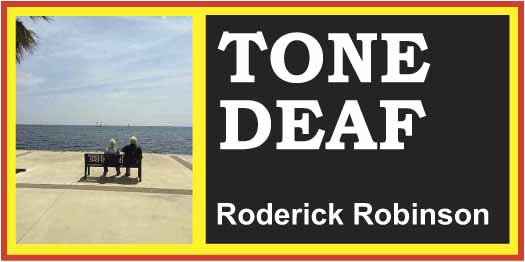Vic, my father-in-law (above), was a chef. He was also a pagan with inventive ideas about the Pope, but that's for another day.
I used to visit him in his subterranean kitchen at the Esplanade Hotel, Folkestone, long since demolished. If he was carving meat he'd chat, all the while using a steel to keep the blade sharp. The motion was clearly instinctive, just a couple of strokes then back to the cutting. I became mesmerised and puzzled; surely the passes against the steel were too gentle to affect the blade. But no. Hiss-hiss, and the knife was again ready to free off impossibly thin slices of meat, one after the other, according to the financial dictates of the fixed-price lunch.
Those kissing strokes were all it took; the knife blade never dulled. I sought to bring about this efficiency in Hereford. I bought a Carborundum stone and secured it in a wooden frame. Then I bought a steel EMBEDDED WITH DIAMOND DUST. Quickly all the knives were sharpened.
I wanted VR to adopt this practice but realised the difficulties. The ultimate culinary skill is to bring all the elements of a meal together at the same time, at which she is adept. Better she concentrated on that and I wielded the steel.
Sharpening wears away the knife, a friend said. True, but then the knife is a consumable and it’s worth replacing it every decade. Cutting with a sharp knife can be as sensuous as… well, why don't you fill in the comparison.
Properly sharpened the blade eventually adopts the shape shown in the drawing.



Sharpening knives and other tools used to possess a sort of mystery, beingleft to professionals ie men who would arrive at the door with an upside down bicycle where a wheel was replaced by a circular stone. Sparks would fly and blades would be returned coarsely ground but undoubtedly sharper. Nowadays like you I have learned to whet (what a lovely word) blades myself, and find the exercise satisfying as well as productive.
ReplyDeleteRobbie: Of course you could always use an angle-grinder. They're great for sharpening chisels, so why not knives, I ask?
ReplyDeleteJoe: There's a further pleasure I omitted to mention. If the knife has been allowed to get quite blunt, the first few strokes on the steel reveal a special kind of resistance. Far from being a source of irritation, this proves the steel is doing its job.
ReplyDeleteTom: It seems I've entered a delightful parallel universe. Over four years ago I expatiated on angle-grinders in what was then Works Well, provoking a long, wonderful and totally unexpected response from your wife. Ending with a reference to a local wood sculptor who had adapted this fearsomely imprecise tool to his needs. Those were the days when Lucy (who'd encouraged me to blog in the first place) was busy feeding me a diet of technology-based posts and comments (the dump, pointing, industrial buildings, kitchen kit, boy vs. girl preferences re. toy gifts) as a way of helping my timorous soul find acceptability in the blogosphere. And now angle-grinders, like the air that kicks off the 30-plus Goldberg variations, returns much later, pitched in a slightly different key.
I should have mentioned I also have a grinding wheel which I find slightly more controllable for knives that have entirely lost their edge. However, what I was trying to stress here, were the undemanding pleasures associated with keeping a knife that is still pretty sharp up to scratch - pun intended.